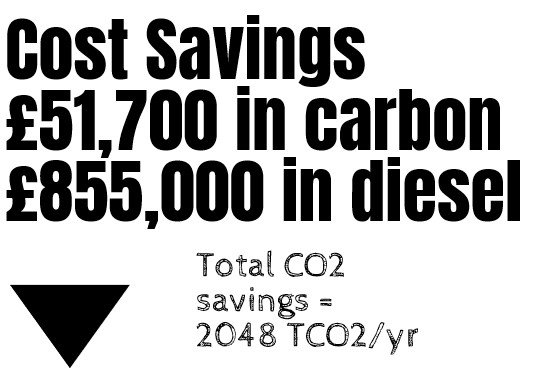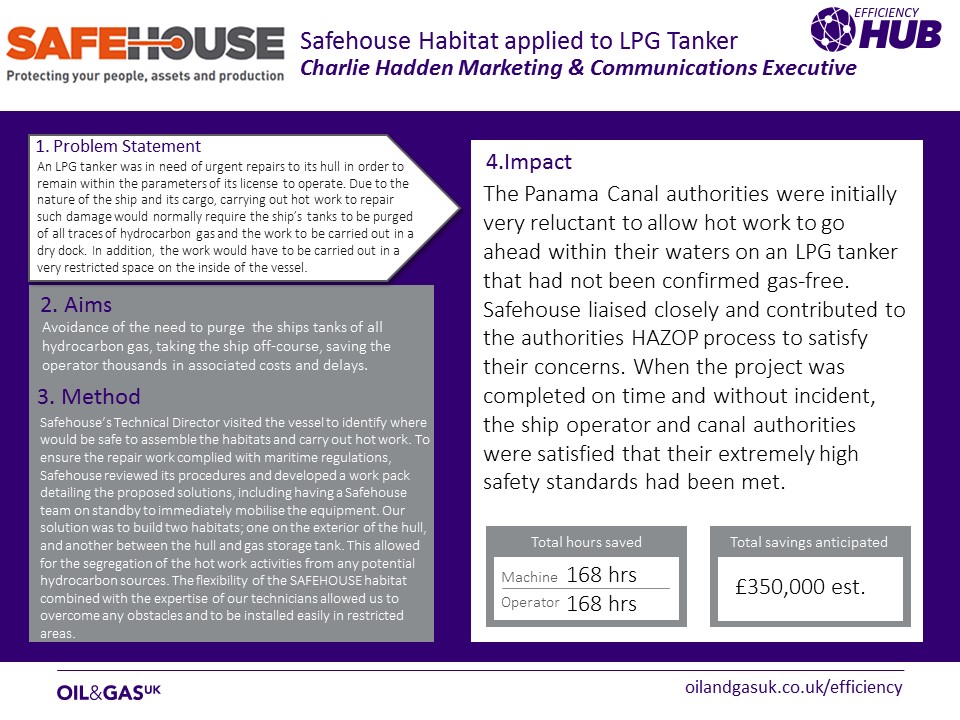The value of understanding your projects…
Technical & Commercial Evaluation & Validation
The Projects Team (TPT) are an organisation who help other companies realise value and efficiency through rigorous application of management and technical processes. The case study below is a real-life example of how their processes offered huge savings, identified several efficiency opportunities and encouraged continuous improvement.
- Task
TPTs SMEs were tasked to implement & deliver the following evaluation activities on the ISBL FEED Study deliverables submitted by a technology owner under a lump sum basis for the client (classified). - Activities
The TPT SMEs implemented the following activities:
– An impartial cold eyes evaluation & validation review of the study;
– A bottleneck evaluation to determine all design limitations within the plant design to engineer out future debottlenecking and major CapEx investment for the 1st 20% production capacity increase;
– The Application of TPT’s and the client’s value improvement practices to optimise plant performance operability;
– An evaluation & qualification of all identified bulk quantities which is a critical aspect in achieving overall project success;
– The Generation of an AACEI Class II cost estimates utilising the evaluated, validated & corrected FEED study Technical & Commercial deliverables. Validate the accuracy parameters met the client’s internal governance structure;
– The generation of a full evaluation Risk & Opportunities Register including the identified cost levels and risk factors plus a full evaluation findings & recommendations report (Rev. A1 & C1). - Findings
Following the TPT SMEs implementation of the technical & commercial evaluation, an optimised engineered solution was presented, with all clarifications, technical & commercial errors being addressed. This resulted in a total identified overestimated value of 29.25m€, almost 30% of the original total project ISBL upgrade cost estimate, that was derived from the following:
– Identified errors, optimisation & savings within the estimated minor equipment deliverables totalling 2.9m€;
– Identified errors, optimisation & savings within the estimated steelwork structure deliverables totalling 0.9m€;
– Identified errors, optimisation & savings within the estimated pipework materials deliverables totalling 3.1m€;
– Identified errors, optimisation & savings within the estimated instrumentation deliverables totalling 7.2m€;
– Identified errors, optimisation & savings within the estimated total electrical deliverables of 3.4m€;
– Identified errors & savings within the estimated total design and engineering costs totalling 3.3m€;
– Identified savings within the estimate defined construction overheads/expenses costs totalling 8.45m€. - Outcome
This enabled the client to reduce the overall estimated project cost requested at the Final Investment Decision (FID) as well as helping our client to negotiate a lower contract price with the technology owner.
www.theprojectsteam.co.uk
enquiries@theprojectsteam.co.uk







